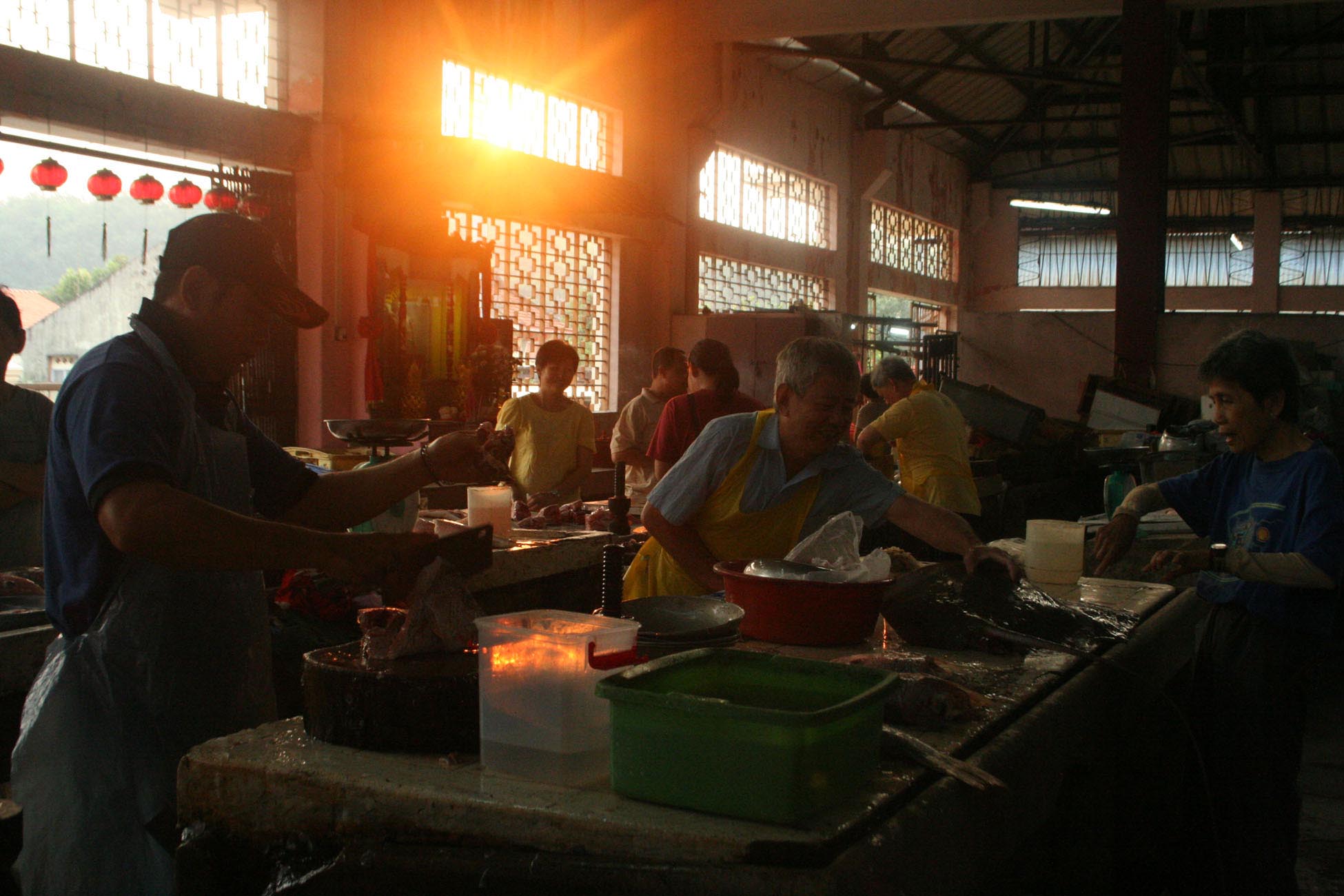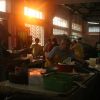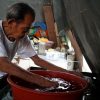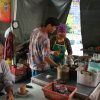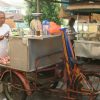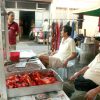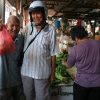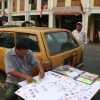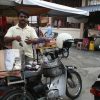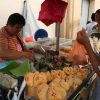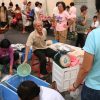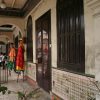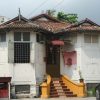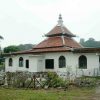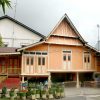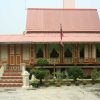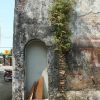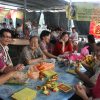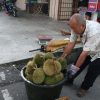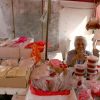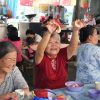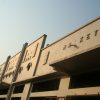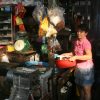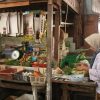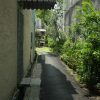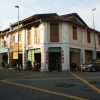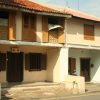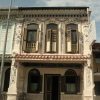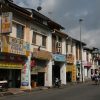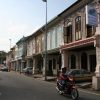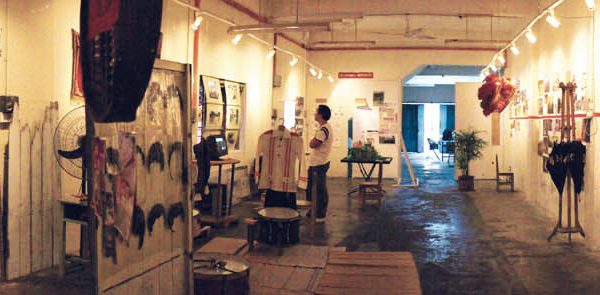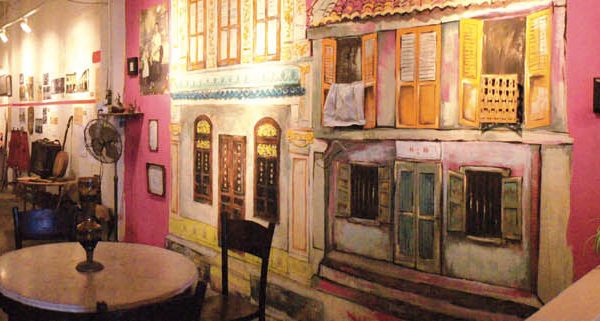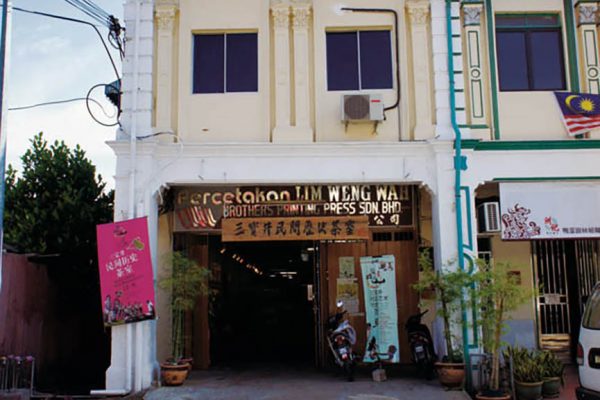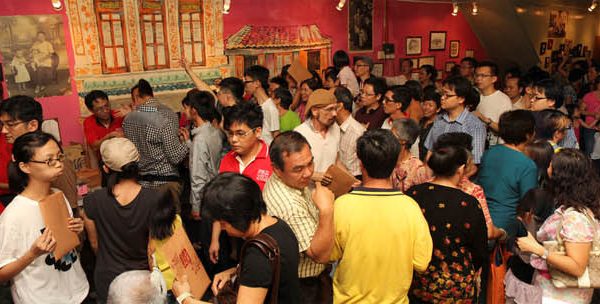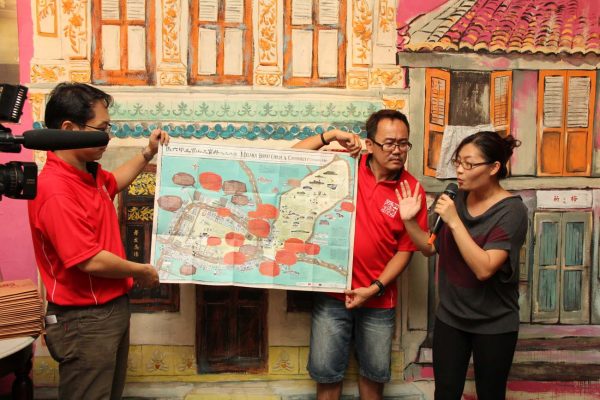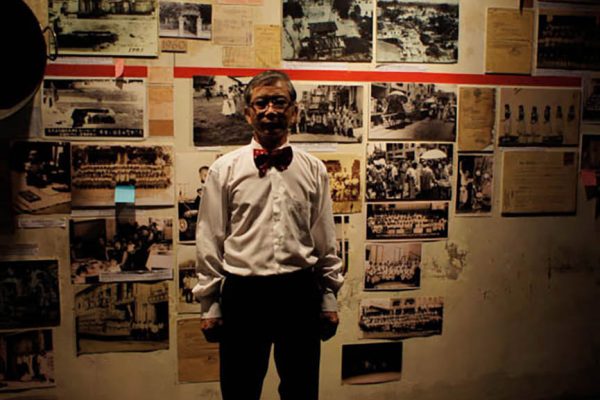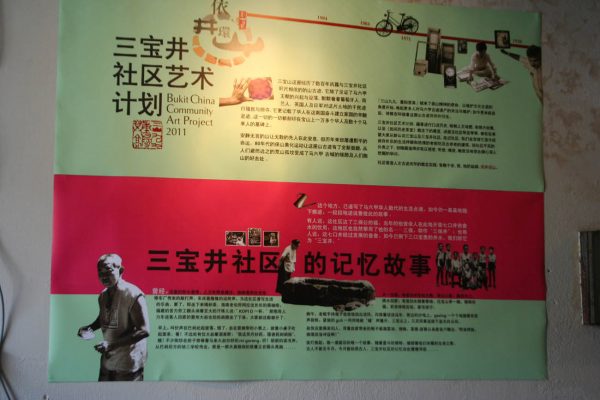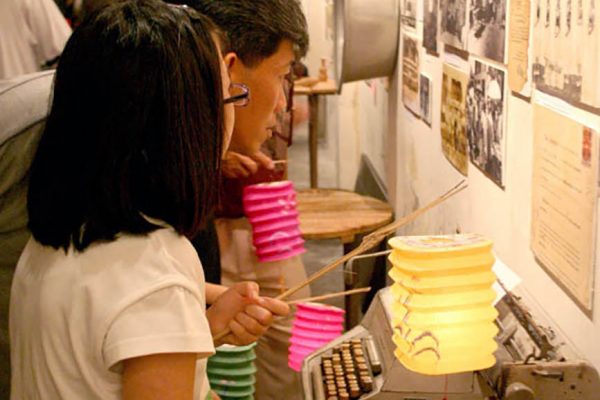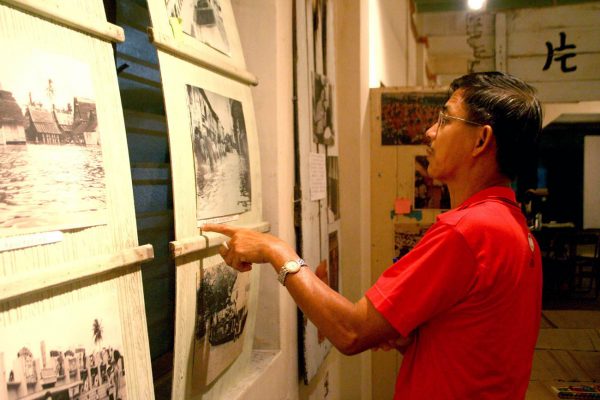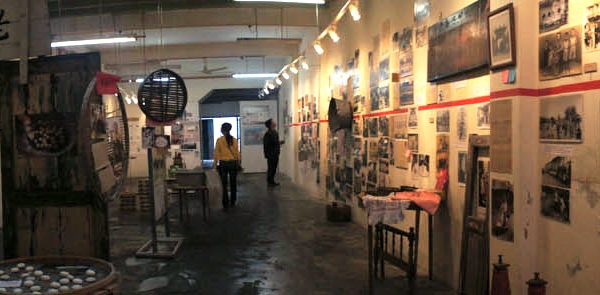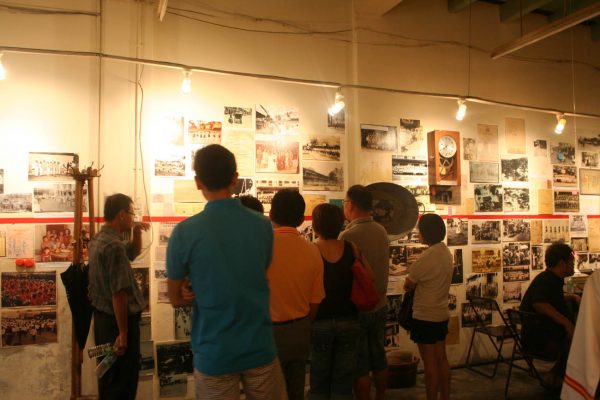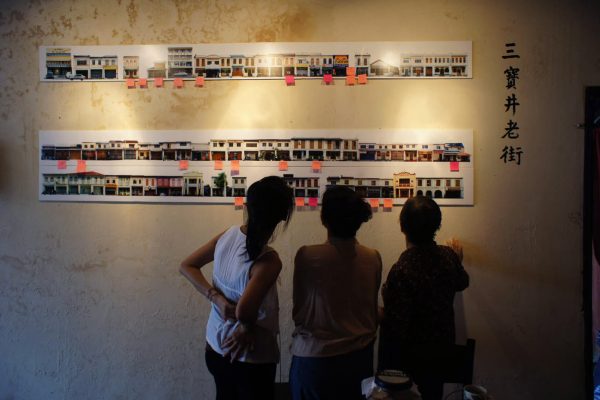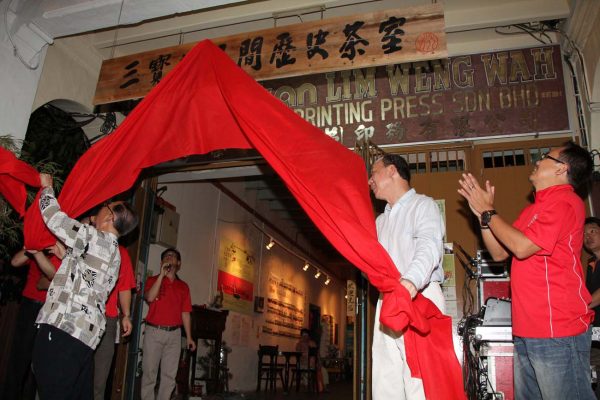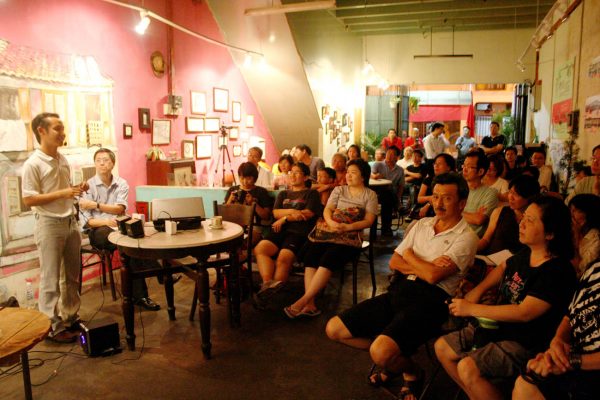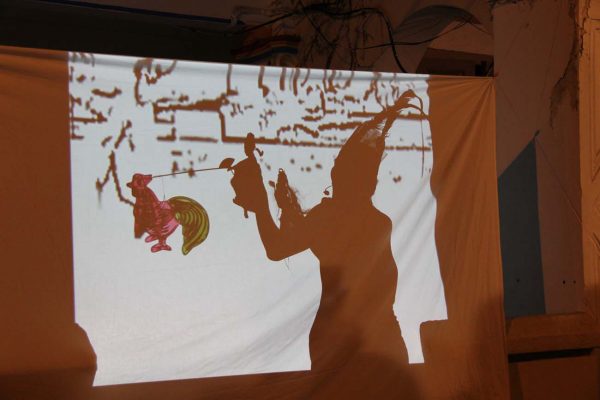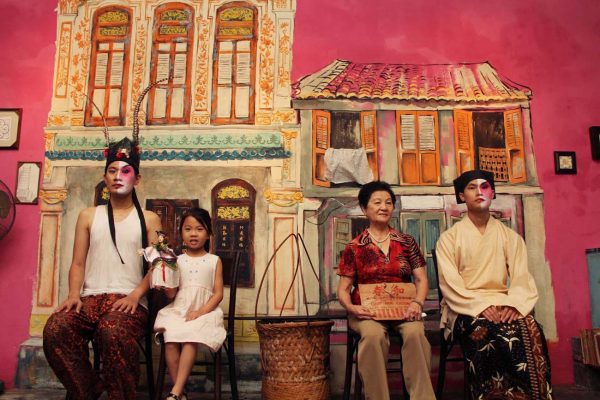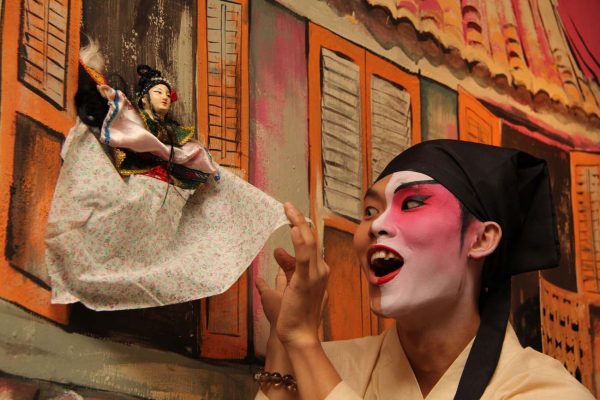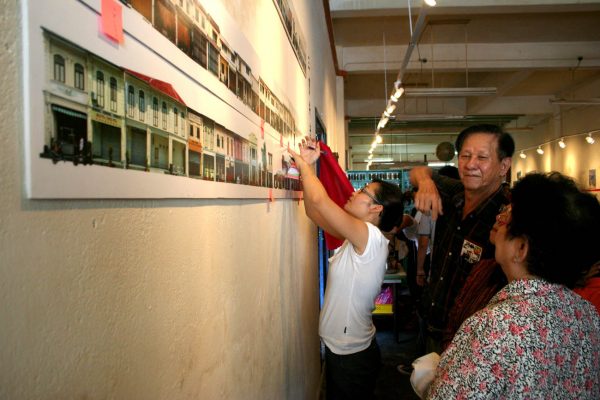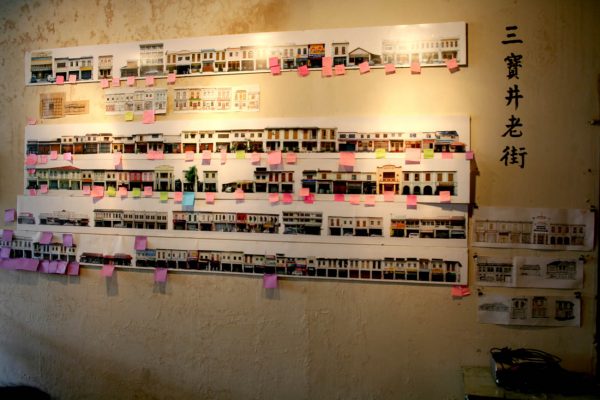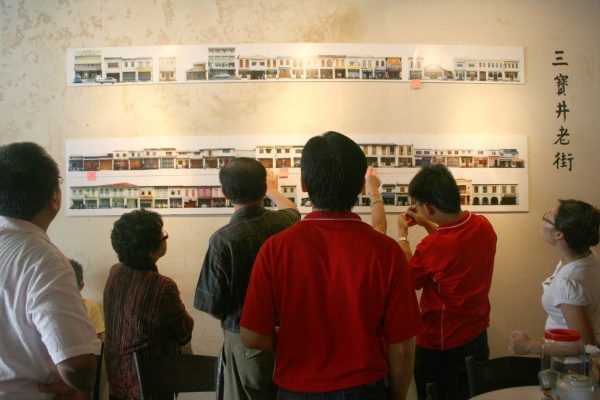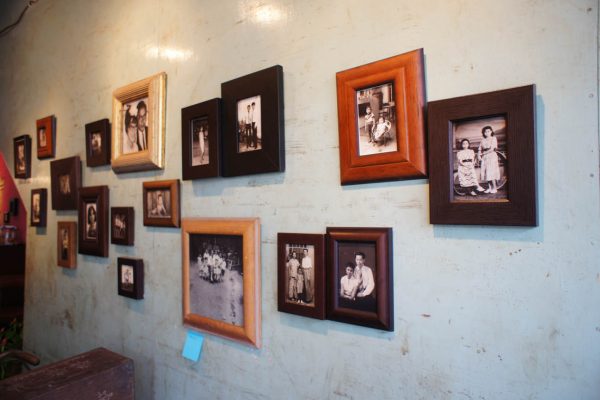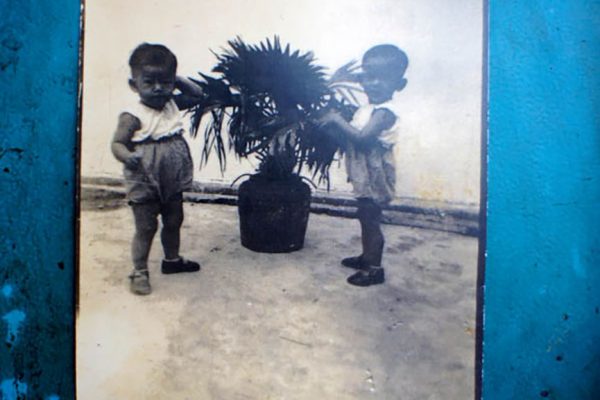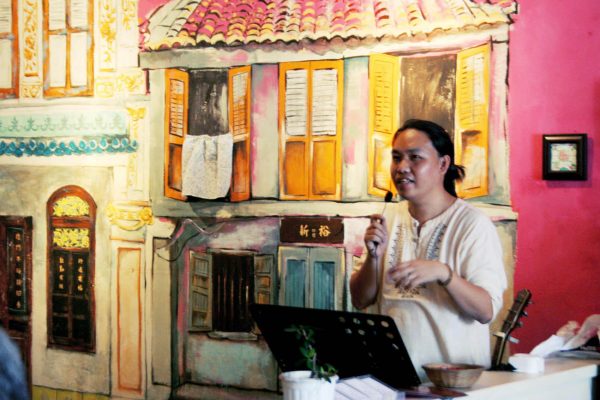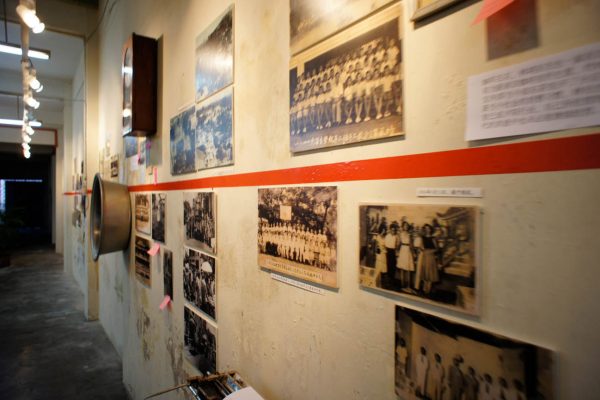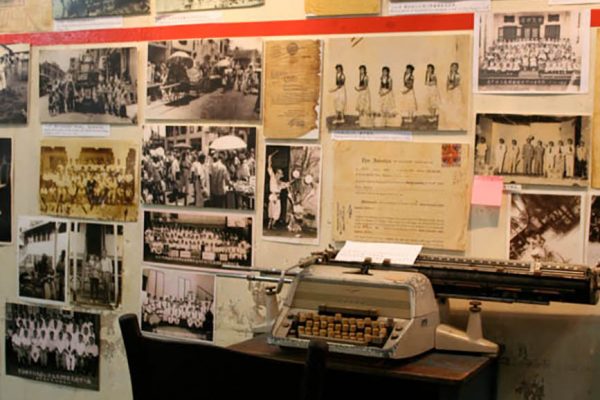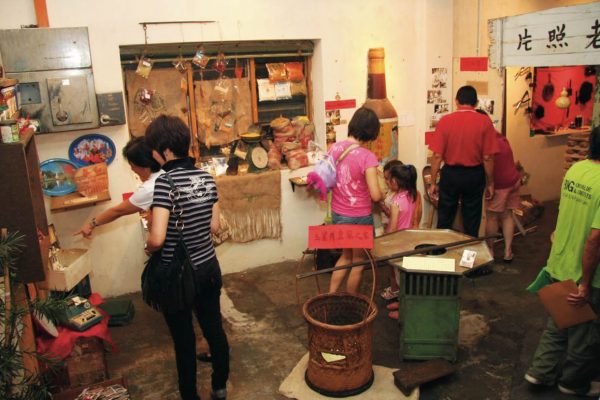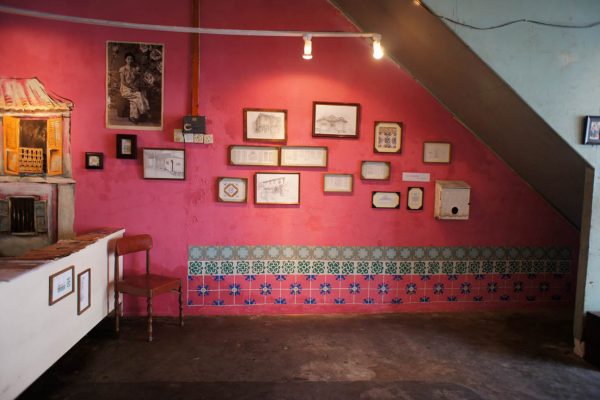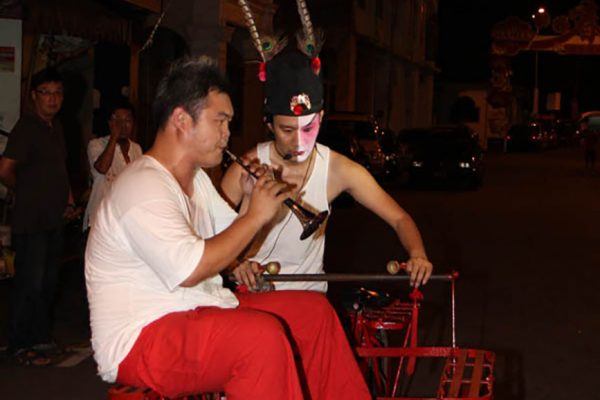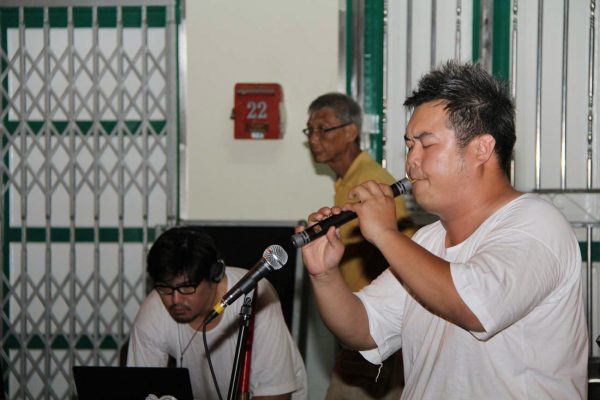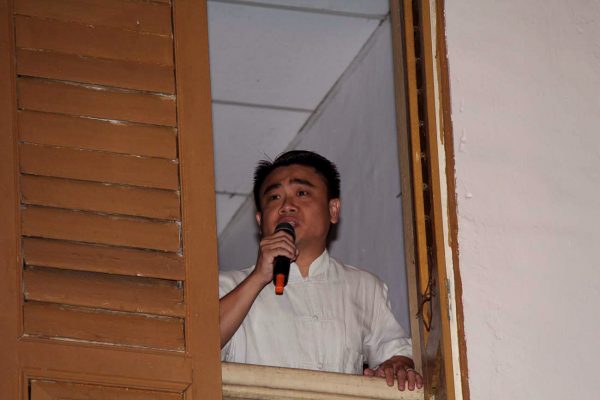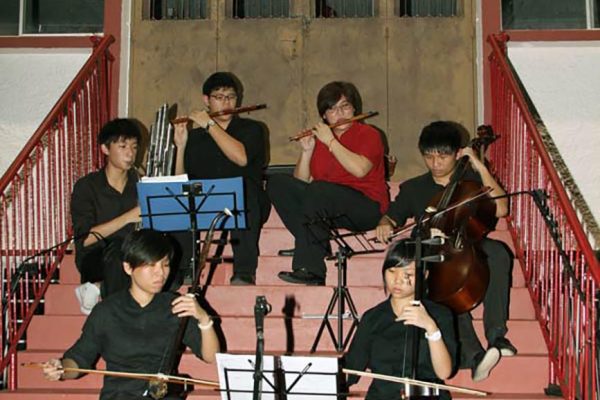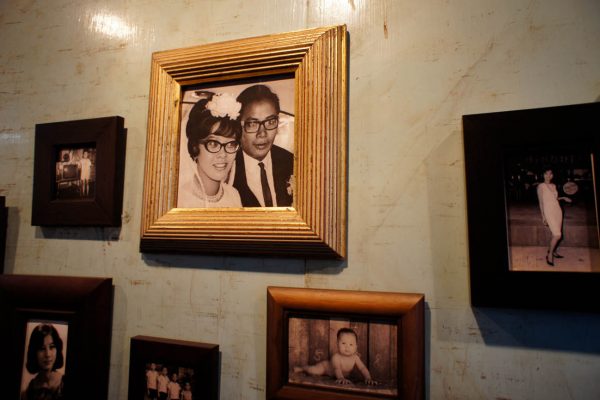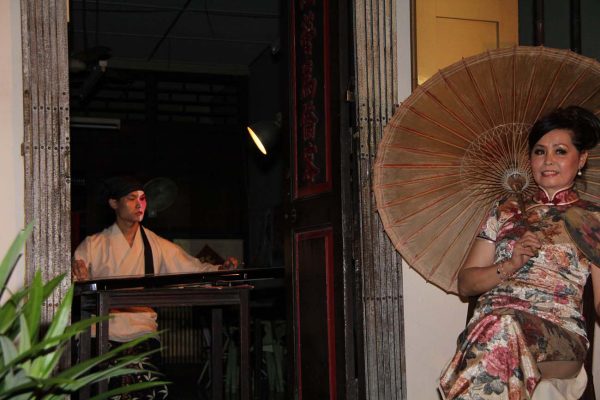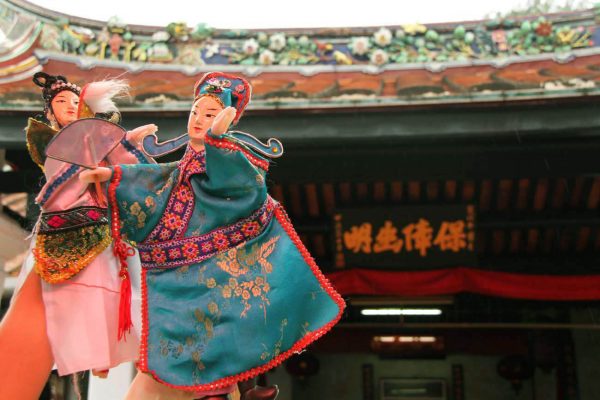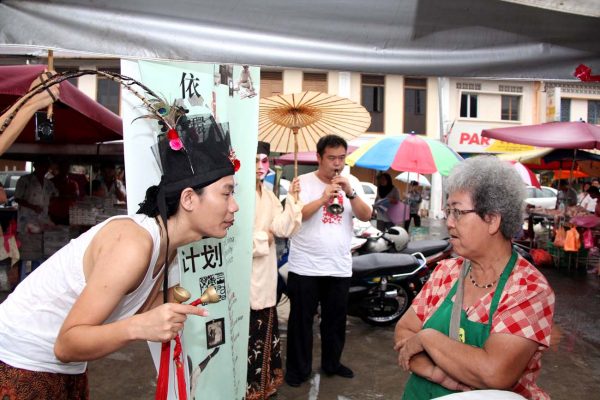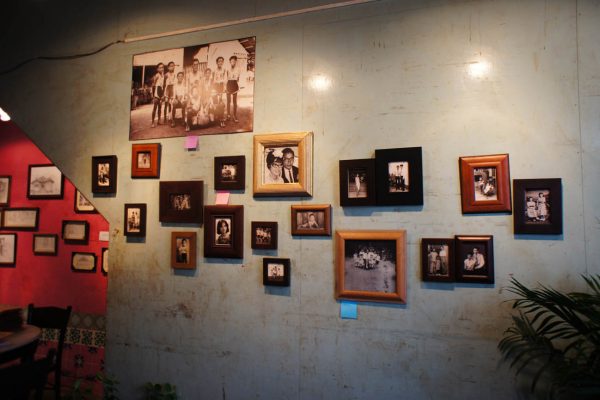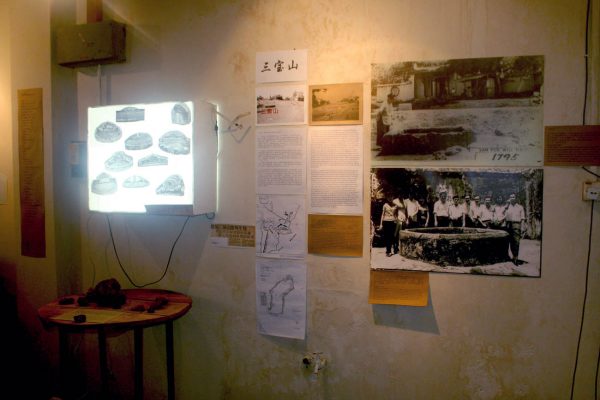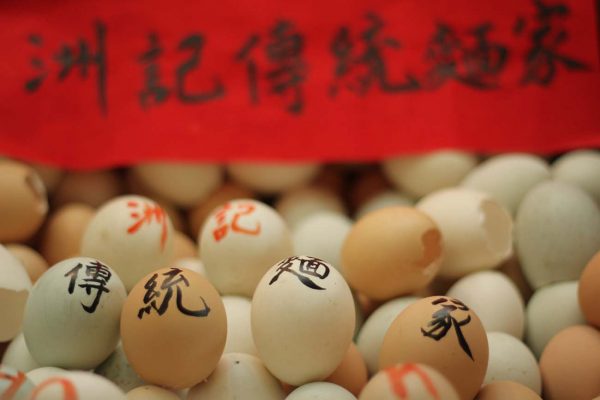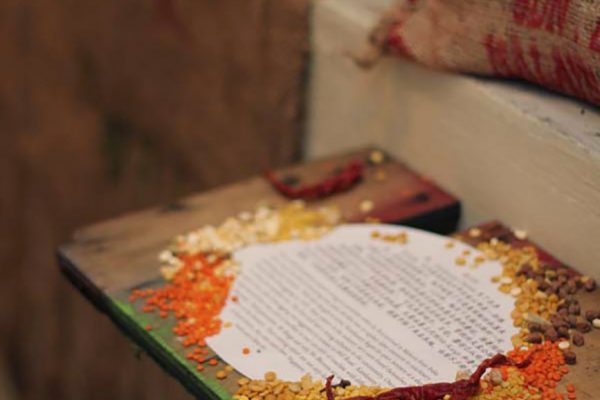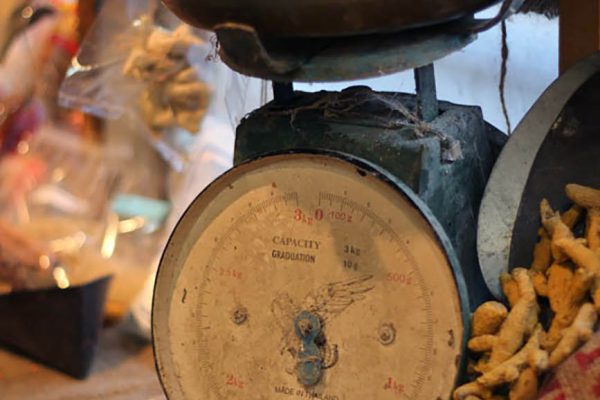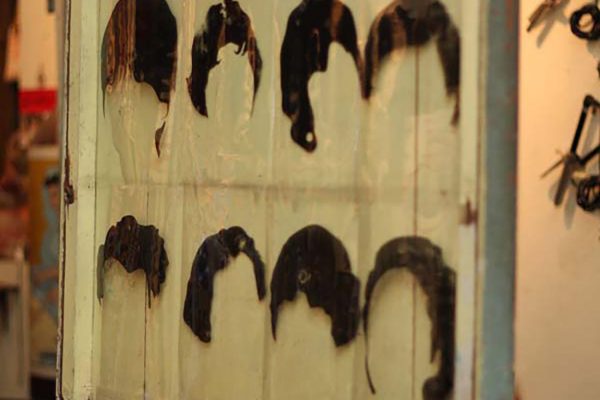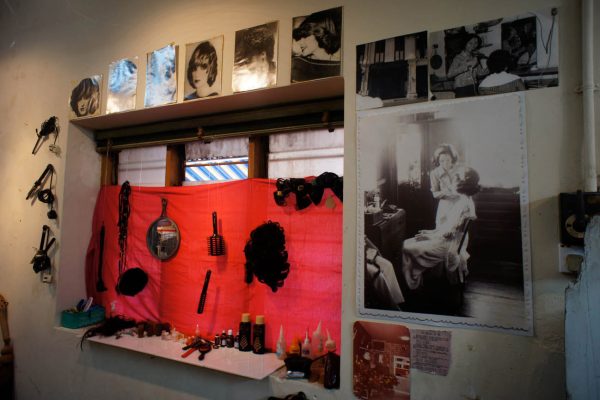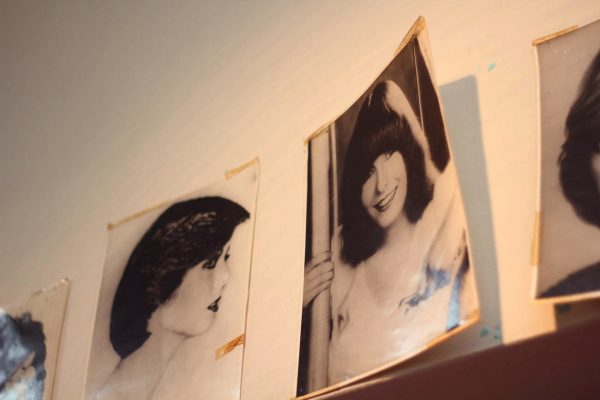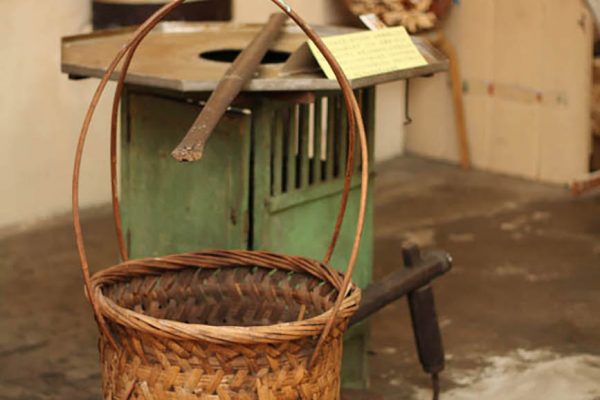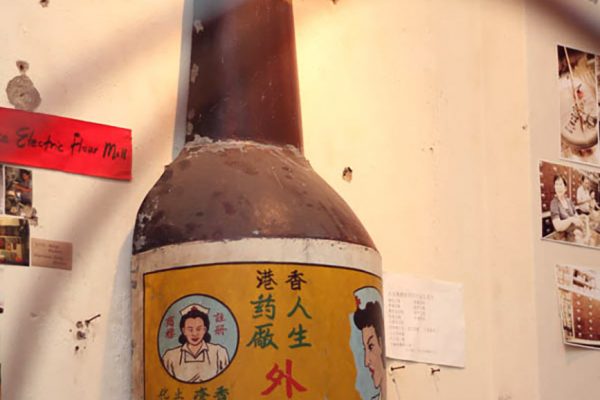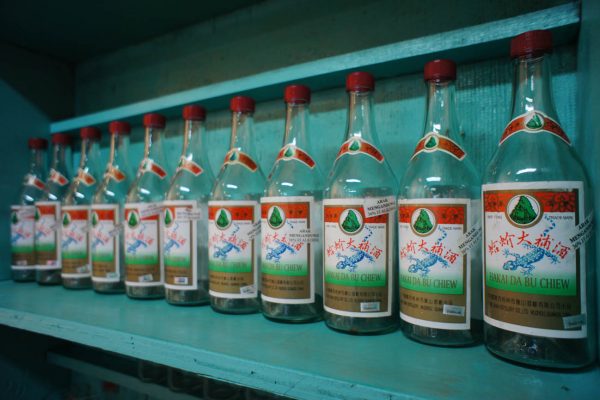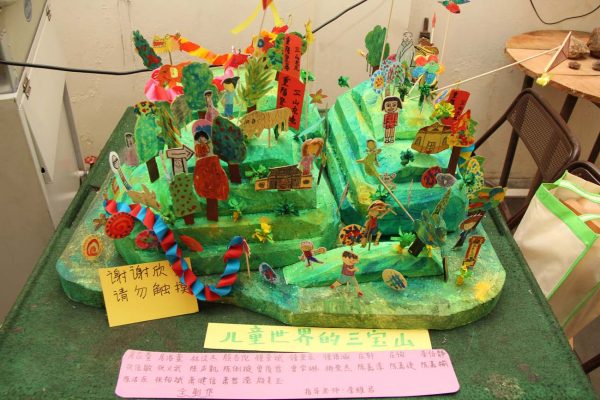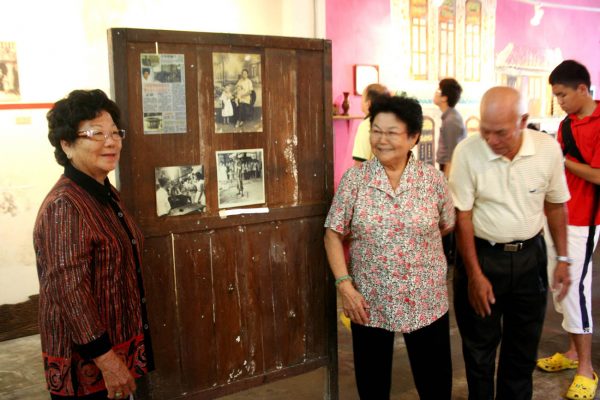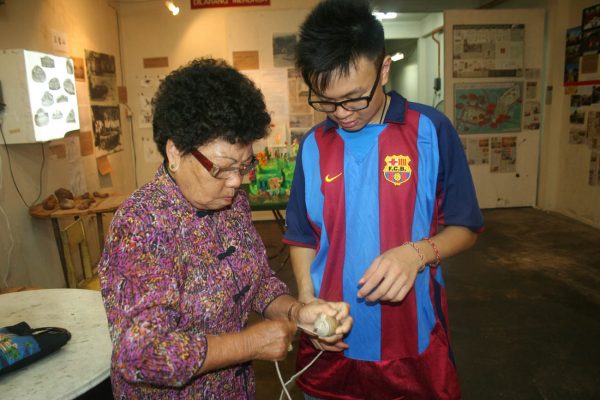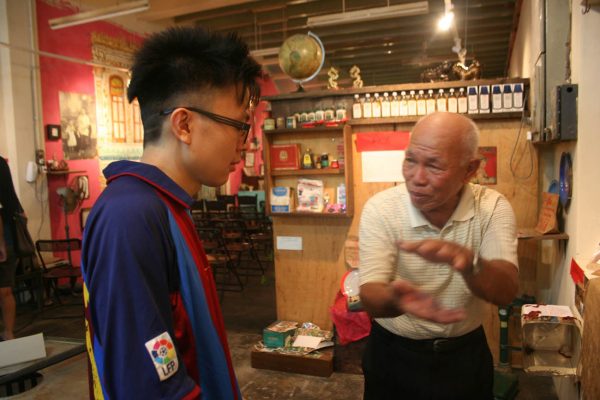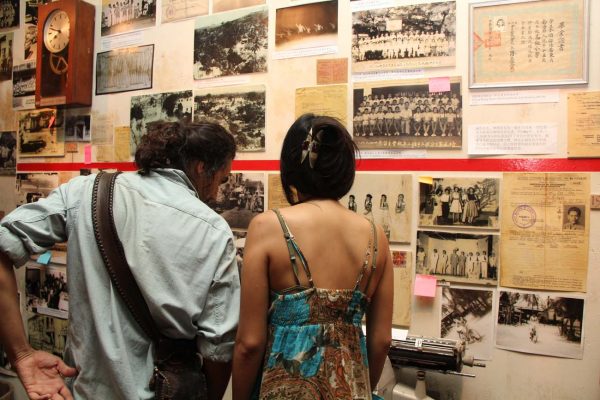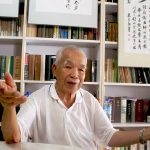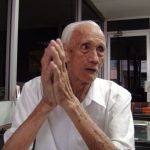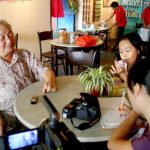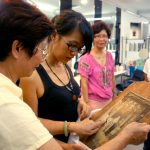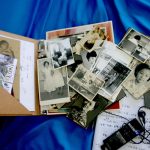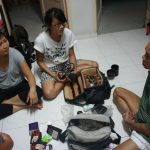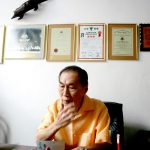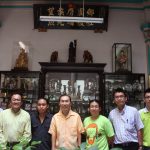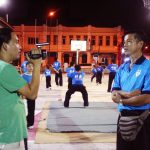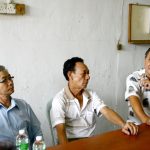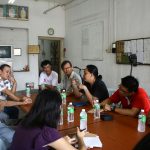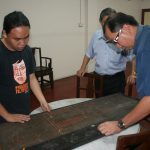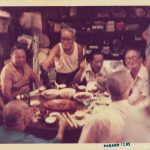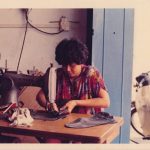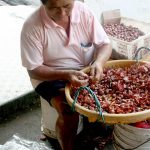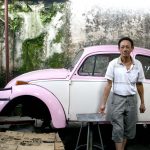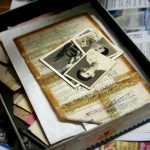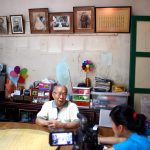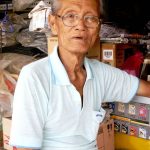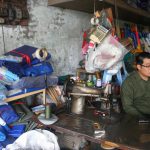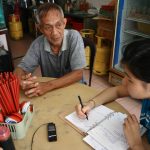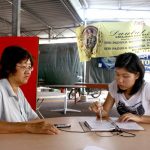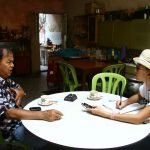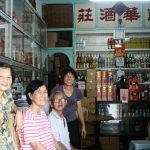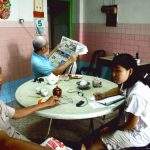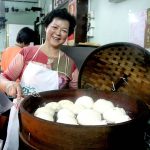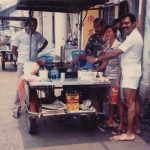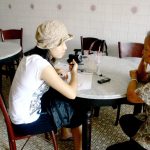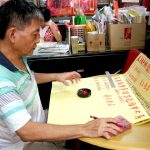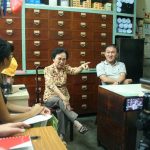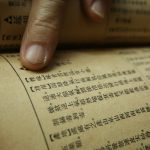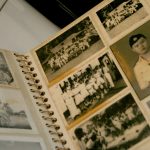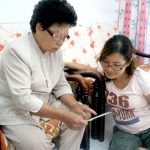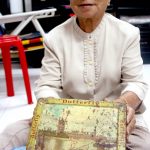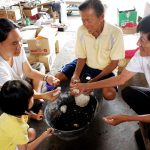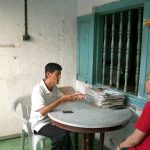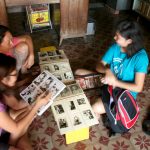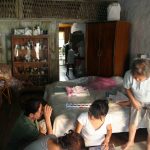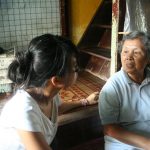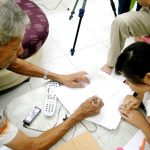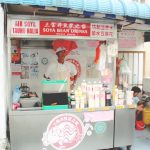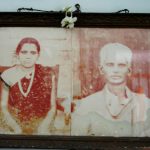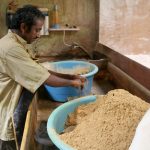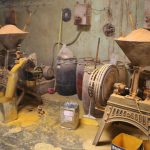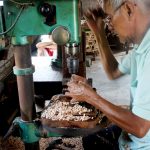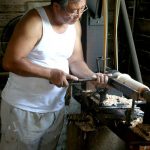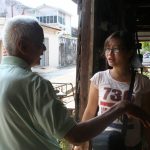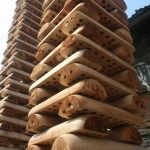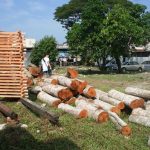Collaboration Project
Bukit Cina Community Art Project
Despite having lying majestically for centuries as the resting place of our forefathers who fought and perished for our freedom, Bukit Cina has narrowly escaped from being leveled in the name of modern development. In July 1984, the Malacca state government announced its plan to develop the 42ha Bukit Cina hill into a housing and commercial centre. This proposal was met with wide public discontent and community uproar which injected a new breath of life to this once desolate graveyard, transforming it into a green lung of the city and a favourite jogging track by the locals and tourists alike.
“San Shan Jiu Jiu, Chong Yang Deng Gao”, ( 三山九九,重陽登高) ,literally translated as Three Mountains Double Ninth Climbing Hill Up High is a cultural community event which aspires to continue the forefathers’ vision to preserve the Bukit Cina. Initiated in 2007 by the Malacca Chinese Assembly Hall (Youth) , has successfully instilled awareness among the general public on the importance of preserving the local cultural heritage and the event has since out-reached into the nearby core community.
Lostgens’ was invited to curate programs and activities by galvanising the art community, formal/informal educators and heritage preservationists to activate the support and participation from the local stakeholders, Chinese associations and the community members. The success and sustainability of the community art project lied directly with the inclusive and active participation from various sectors.
The Bukit Cina Community Art Project celebrated the peoples’ voices, stories and memories of the everyday life in the community. Each story is unique, personal and emotional, against the backdrop of an ever changing socio-political landscape. These are the historical artifacts and living memories that pieced together the narrative of nation building as a country.
Project intro by TV2
Date of Exhibition
27th August – 9th October 2011
Exhibition Opening
25th September, 2011
Venue
24, Jalan Bukit Cina, 75100 Melaka
Events & Activities:
Folk Museum Cafe Exhibition
Bukit Cina Cultural Mapping
Community Building Drawing
Art & Culture Performances
Intangible Heritage Talk & Sharing
Oral History Exhibition & Screening
Historical & Community Guided Tour
Project Team
Curator: Yeoh Lian Heng
Artistic Director: Tsuji Lam
Coordinator: Leong Sok Mun, See Yee Wen
Copywriter: Teoh Joo Kiow , Wong Soo Keong
Video Editing: Tang Zheng Xi
Assistant: 廖明安
Graphic Designer: Chai Chik Ying
Illustration: Terng Kong Hwee, Song Huei Chuen
Technical Support:
Malacca Chinese Assembly Hall (Youth Section)
Acknowledgement
Special thanks to all Bukit Cina residents, artists dan friends who contributed in making this project happened:
Ai – FM • Cheng Hoon Teng Temple • Chong Keat Aun • Goh Han Koon • Jason Tiu • Jasond Tseng • Kua Sin Kheng • Lee Eng Kew • Leong Hao Yen • Loot Ting Yee • Lye Phat Ching • Pang Heng Khan • Peigen Siah • Sean Kook • Seck Kim Seng Memorial Library • Semabok Inn Hotel • SJK(C) Pay Fong 3 • Tang Ah Chai • Tam Foon Meng • Teoh Chee Keong • Tseng Xian Wen • 陳壽井 • 陳明岳 • 陳書寶 • 陳水樹 • 出德成 • 呂秀巒 • 呂秀雁夫婦 • 釋理行法師 • 吳永詮 • 贊壽堂 • 台灣中原大學建築系學生 – 陳正傑 • 林詩涵 • 吳培瑄 • 許曼瑩
Bukit Cina History
Bukit Cina has stood up quietly overlooking its nearby communities since time immemorial. They have both witnessed the imminent rise and fateful fall of the Malacca Sultanate, the colonial plundering by the Portuguese, Dutch and the British, and finally the brutal invasion by the Japanese during the War World II. More than 12,000 Chinese and several other Malay tombs bear witness to this shivering chapter of struggle and exploitation of her people in this community.
In 1685, Captain Li Wei Jing of the Chinese community in Malacca, bought the three hills in the heart of Malacca town and renamed them ‘San Bao Shan’, and the community in the vicinity was later named ‘Community of San Bao Jing’. ‘Jing’ is ‘water well’ in Chinese, and ‘San Bao Jing’ refers to the many wells located along the hillside. The area of the community covers Jalan Bukit China, Lorong Bukit China, Jalan Temenggong, Kampung Bukit China and Kampung Bandar Kaba.
The Community
In the early days of the community, it was mostly occupied by residents from Fujian clan, later followed by LeiZhou, Hakka and Hainan clans. They too moved in and settled down in the community. Fujian clan members were mostly involved in labor, shipyard building, construction and trading of building materials, Hainanese in running coffee shop business, and LeiZhou clan men in trishaw business.
According to a report written the colony Governor of Netherland of that time, Mr. Balthasar Bort, Bukit China was the community with most Chinese population in the 17th century.
The community today is no longer as bustling as before, due to greying society and urban migration coupled by urbanization.
Folk Museum Cafe
The Folk Museum Café encapsulated a forgotten era with a wide collection of old photos, personal interviews and folk artefacts. The cafe opened its door to a packed public on the 27.8.2011 at 24, Jalan Bukit Cina in Melaka. The opening was celebrated with various interdisciplinary performances in the form of music, singing, performance arts, community documentary film screenings and guided tours. It was well received by the local community from all ages as the story of Bukit Cina was collectively told from the perspective of the locals as a form of empowerment, entitlement and appreciation. However due to lack of operating resources, the Folk Museum Cafe project came to an end on 09.10.2011.
Bukit Cina Historical Tour
Audience getting to know the history of Bukit Cina ancestral cemetery and the significant landmarks of this community such as Sam Po Well and BaoShan Temple. The tour was guided by Malaccan history researcher and journalist, PC Lye.
Chung Yuan University, Taiwan (Architecture Dept) Mapping Project
Designing and Presentation of Cultural Mapping in Bukit Cina as a visual interpretative practise to artistically present the humanity landscape and practical reference for cultural tours and contextual storytelling.
Community Guided Tour
There were few walking tours in getting to know the culture and history around Bukit Cina community. Tours are opened for public and there were school visits from fellow students locally and also students from different states of Malaysia.
Oral History Project
Documentation and preservation of local oral history as a grass-root participative process in remaking understandings of the place and community identity.
The team resided close to Bukit Cina area to collect and recording stories, memories and histories from the local residents and individuals who has been engaged with this community for many generations. Most interviewees were glad to share their stories for the newcomers, especially to the younger generations.

